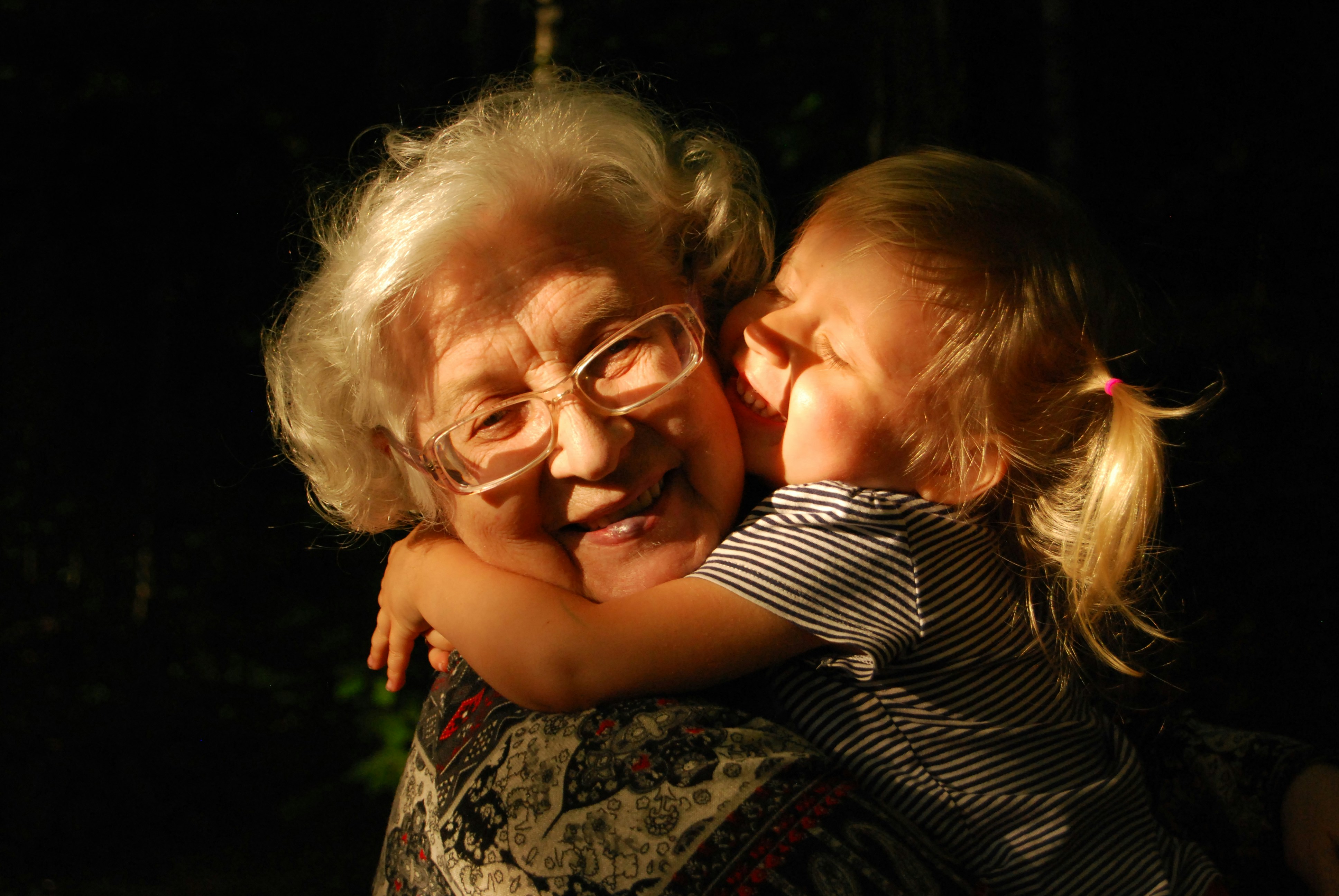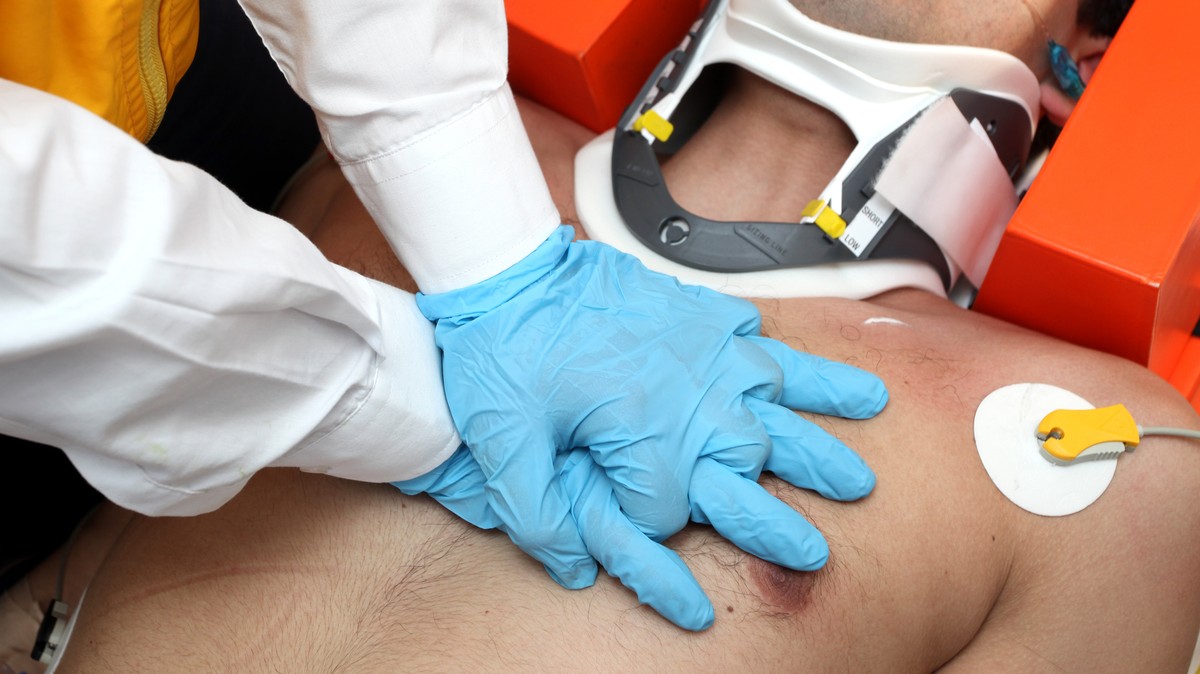Photo: Mutlu Kortbas via Getty Images
Scientists have seen brain patterns in dying patients that may correlate with commonly reported near-death experiences (NDEs) such as lucid visions, out-of-body experiences, life reviews and other “dimensions of reality,” a new study reports. The findings provide the first comprehensive evidence that patient memories and brain waves indicate universal elements of near-death experiences.
During an extensive, multi-year study led by Sam Parnia, MD, a critical care physician and associate professor in the Department of Medicine at NYU Langone Health, researchers observed 567 patients at 25 hospitals around the world as they underwent cardiopulmonary resuscitation (CPR) after cardiac arrest. Most of them were fatal.
Brain signals from electroencephalograms (EEG) recorded from dozens of patients showed that episodes of heightened awareness occurred up to an hour after cardiac arrest. Although most patients in the study were unfortunately not saved by resuscitation, 53 patients were revived. Among the survivors, 11 patients reported feeling conscious during resuscitation, and six reported a near-death experience.
Parnia and his colleagues suggest that the transition from life to death can induce a state of disinhibition in the brain that appears to facilitate “a clear understanding of new dimensions of reality—including people’s deeper consciousness—and all memories, thoughts, intentions, and actions toward others from a moral and ethical perspective,” It’s a finding that has profound implications for resuscitation, palliative care and consciousness research, among other things, according to a new study published in the journal. resuscitation.
Patients who have survived cardiac arrest “consistently point out that — even if from the perspective of doctors like me who are trying to resuscitate them while they appear to be in a coma, they are teetering between life and death — from their inner perspective they find that they are conscious,” Parnia said in an interview with Motherboard. Absolutely.” “They are having an inner experience and their awareness is not only there, it is elevated to a level they have never experienced before. Their thoughts become sharper than usual and clearer than usual.
“Most importantly,” he continues, “this experience also involves a purposeful and meaningful re-evaluation of their entire lives.” “It’s not just random moments, it’s their entire life. It’s a mystery and not just an anecdote or two. There have been a number of studies that suggest that maybe as much as 10% of the adult population lives with one of these experiences, which if you do the math is probably equivalent to 400 or 500 million people in the world.
Given the ubiquity of near-death experiences and their common themes, Parnia and his colleagues looked for specific brain waves in dying people that may be related to experiences commonly reported by near-death experience survivors. Between 2017 and 2020, the team studied hundreds of comatose patients who were resuscitated in hospitals in the United Kingdom and the United States. Obtaining EEG measurements in such an intense environment is understandably difficult, and the researchers had to record brain activity in the short pauses between chest compressions. But they were able to pick up fleeting biomarkers of clear consciousness in many patients, long after the initial cardiac arrest.
“One of the unique things about this project is that this was the first time that scientists had established a way to examine signs of lucidity and consciousness in resuscitated people by looking for encephalograms, or signs of consciousness in the brain, using an electroencephalogram (EEG) device,” explains Parnia. EEG) and a brain oxygen monitor.”
“Most doctors believe that the brain dies after about five or 10 minutes of oxygen deprivation,” Parnia says. “One of the most important points to come out of this study is that this is not actually true. Even though the brain flattens out after cardiac arrest, which happens within seconds, that does not mean it was permanently damaged and died. The brain is just in some kind of Hibernation. What we were able to show is that the brain can actually respond and regain function even after an hour, which bodes well for doctors to start new treatments.
In fact, the study notes that “near-normal/physiological EEG activity (delta, theta, alpha, and beta rhythms) consistent with consciousness and possible resumption of network level cognitive and neural activity occurred up to 35-60 minutes after resuscitation.” This It is the first report on biomarkers of consciousness during CA/CPR.
These findings are consistent with a wave of recent studies focused on the experiences of dying people, including reports of spikes in brain activity during death, evidence of a gradual transition to death (rather than a sudden event), and common themes in proximal regions. -Death experiences.
Parnia and his colleagues also interviewed 28 cardiac arrest survivors about their brush with death. The team noted that the vivid experiences that patients have on the border between life and death are very different from the dreams and hallucinations that may occur during the days or weeks of recovery from a cardiac arrest.
People of all different backgrounds and cultures tend to describe near-death experiences with similar elements, such as an out-of-body journey to a comfortable place such as a childhood home, where a person’s life is viewed in detail through a moral lens, followed by intuition to return to the body. The team proposed that these shared experiences, which also include glimpses of new dimensions of reality, are caused by disinhibition of the brain during death, allowing bouts of heightened awareness that are inaccessible to the living.
“If you look at the memory of near-misses, and those were actually across the global population, the themes were all consistent,” Parnia says. “Our conclusion is that this is a real experience that only appears at death. As we move from life to death, this experience occurs in some way.
“We are basically discovering what happens to all of us when we go through death; It concludes with what happens to our consciousness. “Our plans are to use more comprehensive methods to analyze what happens in the brain second by second, and map the neurophysiology of life and death in people as they move through it.”
This widget previously appeared on the motherboard.

“Total coffee specialist. Hardcore reader. Incurable music scholar. Web guru. Freelance troublemaker. Problem solver. Travel trailblazer.”






More Stories
Are you growing up healthy? This is how you do it
There is now a direct Bluetooth connection to the room
What is the total amount of water that flows through all the rivers on Earth? Scientists have now